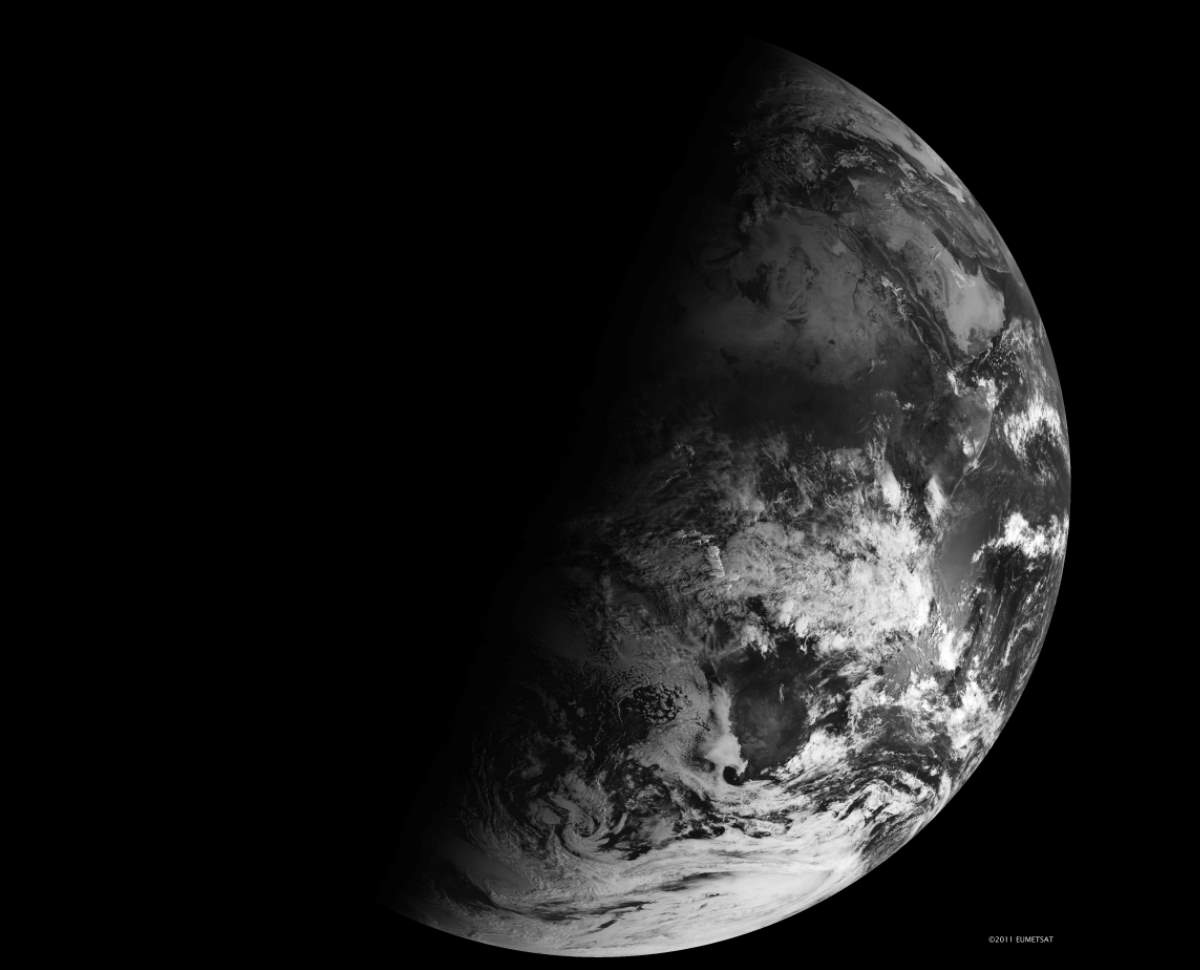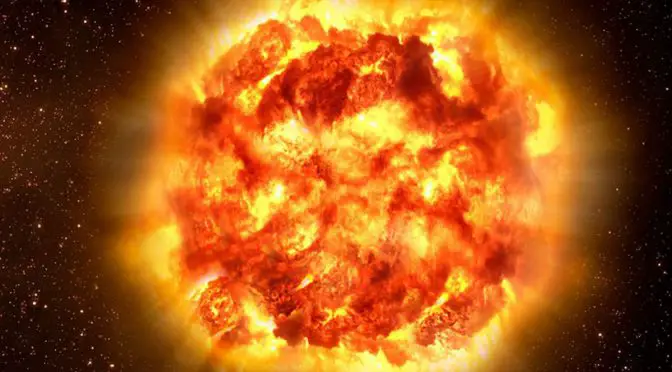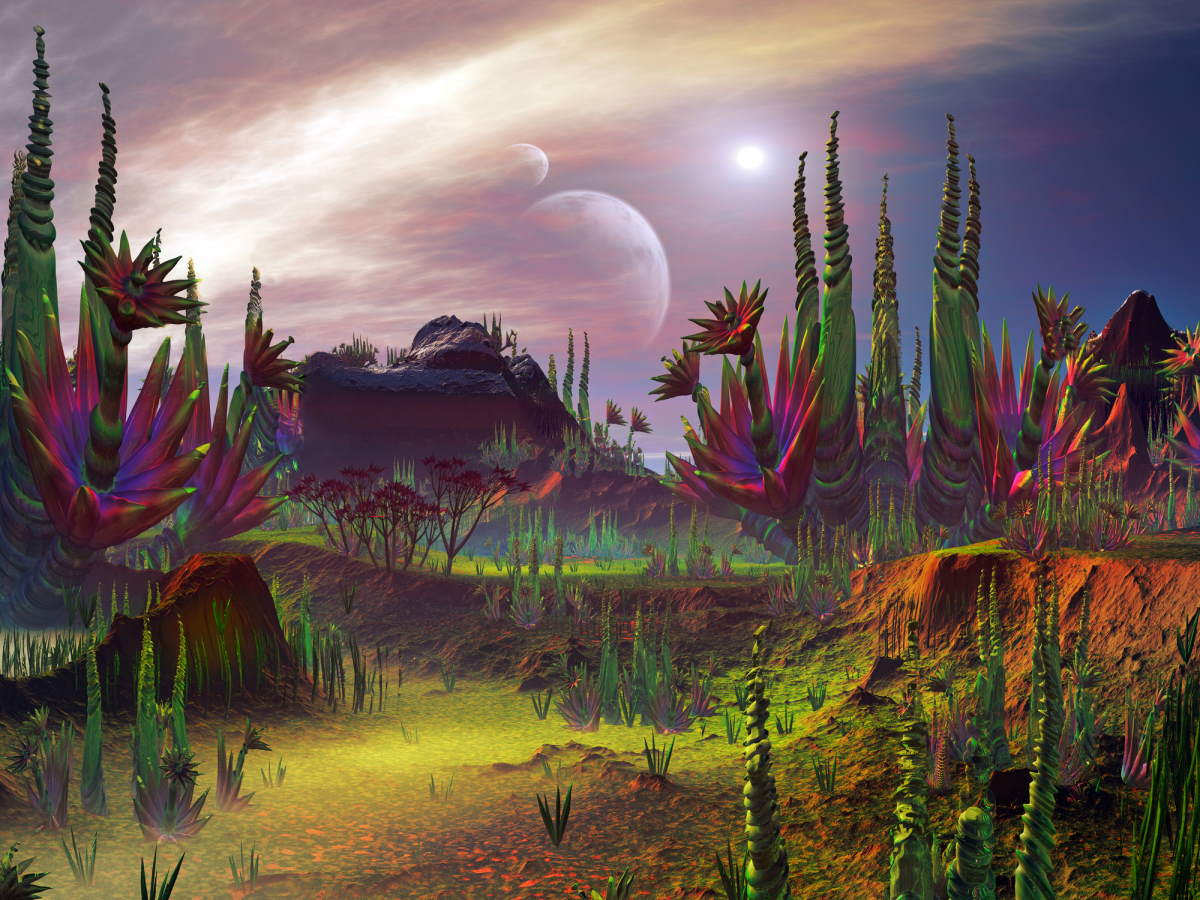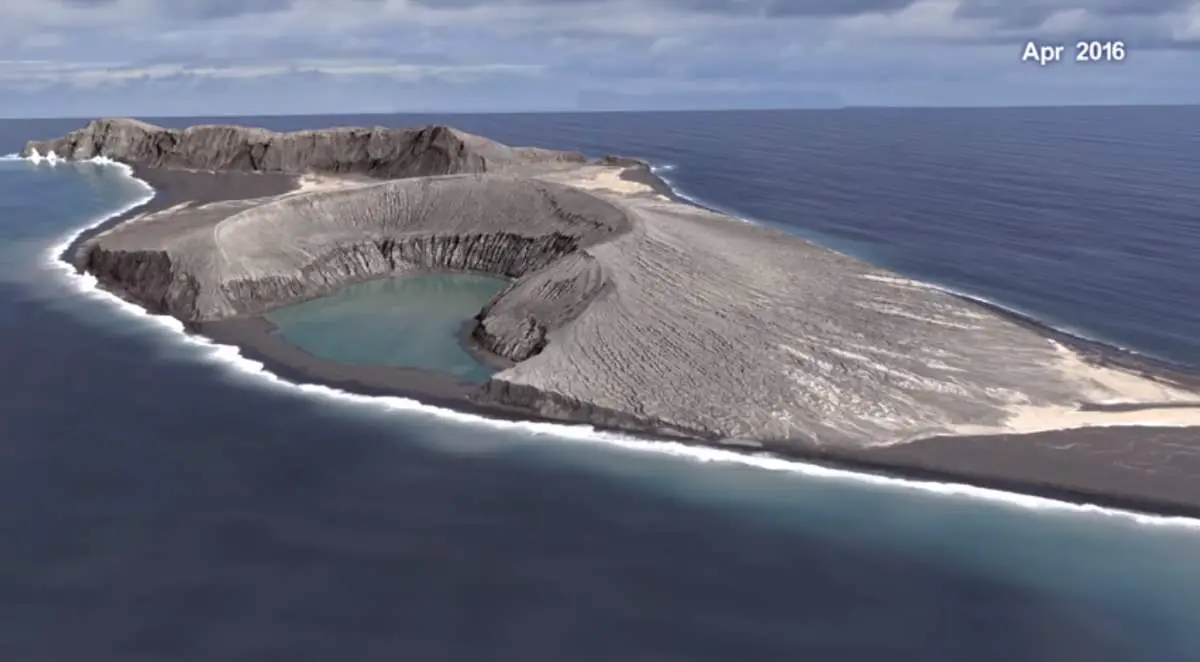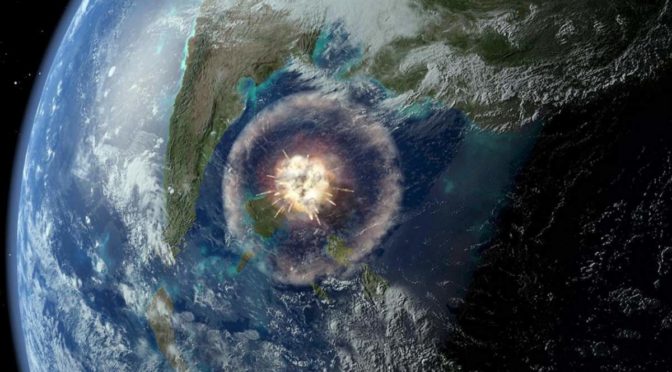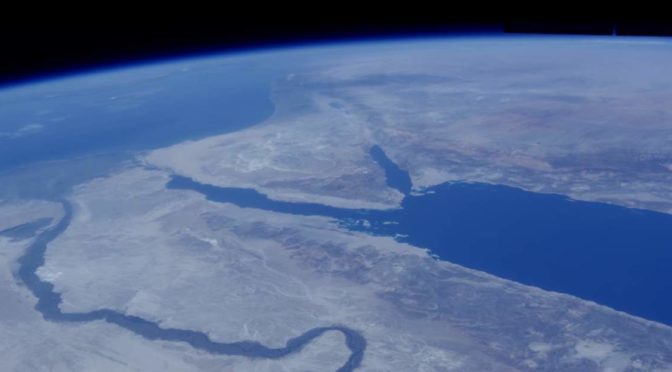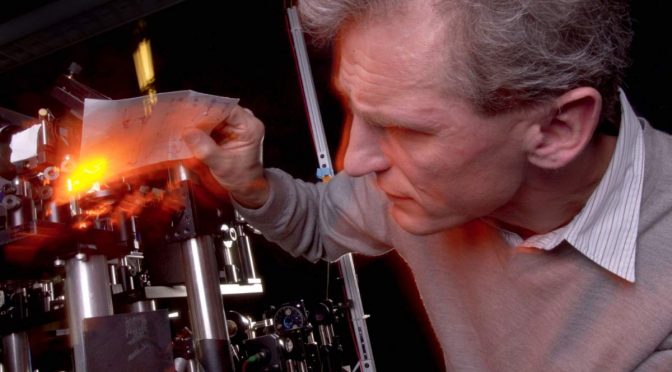On October 13, 1860, the early American photographer James Wallace Black (February 10, 1825 – January 5, 1896) climbed into a hot air balloon (named Queen of the Air) with his camera, and photographed Boston from a hot-air balloon at 1,200 feet (around 365 meters). On that day, Black took 8 plates of glass negative; 10 1/16 x 7 15/16 in, but only one good print resulted, which the photographer entitled “Boston, as the Eagle and the Wild Goose See It”. Today, it remains the oldest surviving aerial photo.
Black was not the first person to take aerial photos: two years ago, French photographer (and also caricaturist, journalist, novelist, and “balloonist”) Gaspard-Félix Tournachon (6 April 1820 – 20 March 1910), known by the pseudonym Nadar, who photographed Victor Hugo on his death-bed in 1885, took photographs of Paris from a hot air balloon too. But the Frenchman’s photos were lost many years ago.

